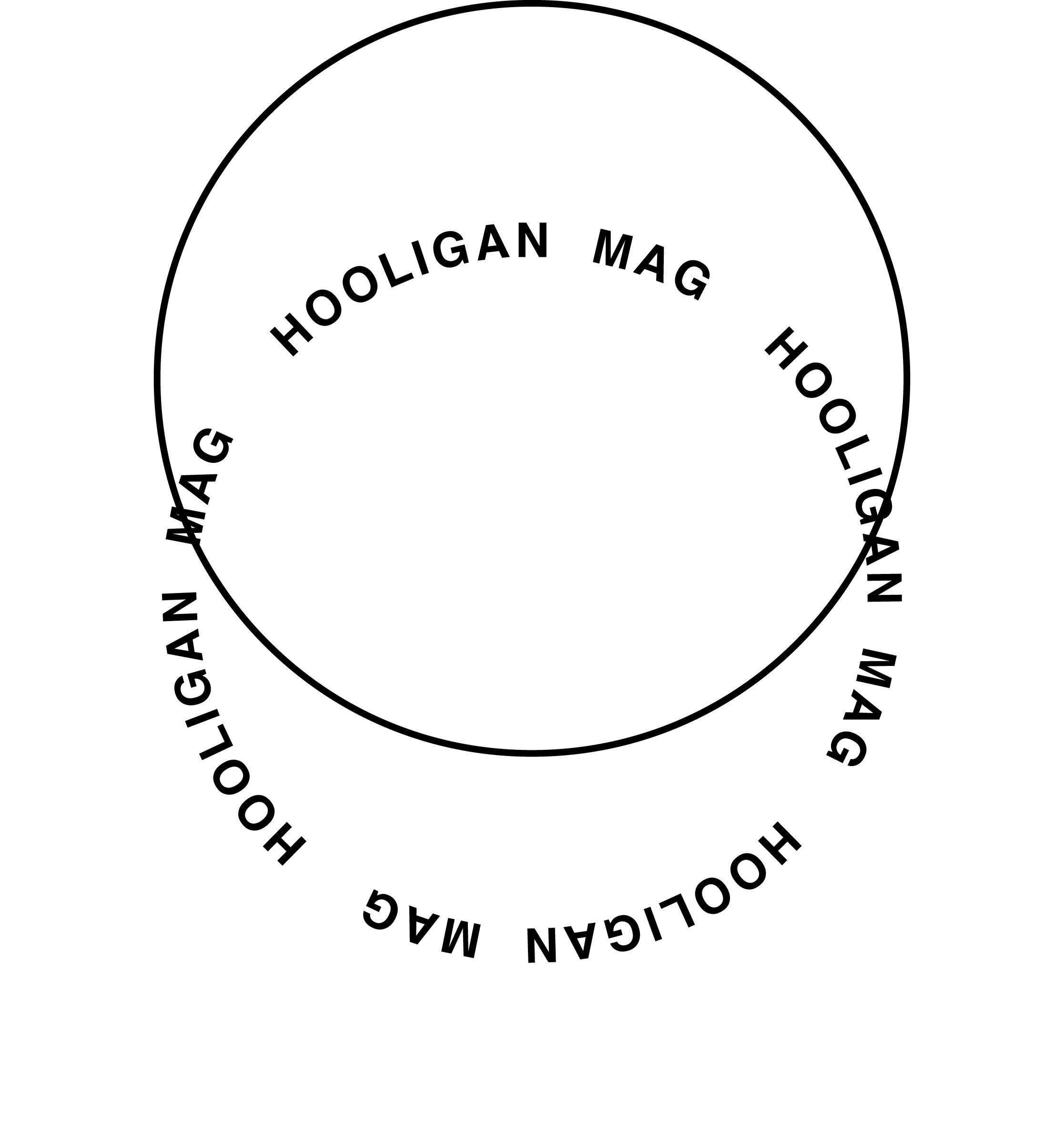Darkmatter’s ctrl/alt/gender and The Future of Fashion Accessibility
By Kenneth Miller
During this past February’s New York Fashion Week, Alok Vaid-Menon wrote on Facebook that this time of year is one of the rare moments they feel comfortable exploring their gender performance publicly. As one half of the trans South Asian performance art collective Darkmatter, Vaid-Menon’s fashion choices alert passersby that their existence is deviant — a person with masculine features oftentimes spotted in vibrant, magnificently cut gowns highlighted with larger-than-life lip colors and jewelry. Walking amongst others in the streets of Manhattan during Fashion Week, surrounded by individuals who aim for looks that guarantee the attention and applause of others, is an organic happenstance in Vaid-Menon’s everyday life — and not always a positive one, they say.
Gender theorist Judith Butler has been a pioneer on the dissection of the “state violence” enacted on individuals who indulge in their gender performativity through fashion. When a gender nonconforming person is on the street or in a bus, the act of performing one’s gender becomes dangerous; people of the state who prize gendered expectations may take action against those who challenge the binaries with their subjectively rebellious fashion choices.
As Butler-obsessed folks and victims of this subjected violence on the regular, both of Darkmatter’s Vaid-Menon and Janani Balasubramanian took to creating a digital zine that sheds light on troubles a non-binary person is dealt when expressing their authentic presentation unapologetically.
The zine, entitled ctrl/alt/gender (and in collaboration with The Ace Hotel of NYC), is a boundless exploration into the radical possibilities of fashion. The zine’s wittily-framed name pokes fun at the intrinsic binary aligned with computer interfaces, staunchly suggesting a need for society to delete its exhaustingly bland gender binary.
“Commercial looks remain binary and when they dream beyond (like Zara’s latest line), they’re kind of just drab and uninspired,” Vaid-Menon tells Hooligan. “[It’s] as if moving beyond gender is a form of mourning and not celebration.”
Inside the zine, images of the pair are found with overlays of texts that correlate to sentiments, both personal and political, that attest to their fight against the naysayers of gender-blurring fashion.
“Historically, fashion has been a site of state control,” Vaid-Menon articulates for Hooligan. “In New York City, it used to be illegal to cross dress — the police would literally come up and arrest you. That’s not an accident. It’s part of a bigger strategy of the state determining and enforcing what a good citizen (read: white, masculine, able-bodied, cisgender) looks like, and literally enforcing it.”
Aligning one’s gender identity and gender assigned at birth when assembling an outfit is a default expectation; it falls under the philosophical notion that all bodies must remain legible to society. During Fashion Week, nonetheless, it seems these guidelines are no longer applicable and are encouraged to be stretched. After all, the gender binary is so #TBT.
Whether you’re inspecting Ralph Lauren’s Summer 2016 collection, or those in attendance to runway-specific events, you’re observing an amassing of people who are recognizing the playfulness that comes with fashion and gender. Here, individuals assigned male at birth are free to wear garbs that exude “feminine” notions, and people assigned female at birth are able to perform more “masculinely” to reflect their desired appearances more readily.
Still, the idea of commodified androgynous clothing doesn’t sit well with Darkmatter. According to ctrl/alt/gender’s mission statement, society should be working to expand its definition of androgynous looks past masculine cuts, grayscale colors, and lackadaisical accessories. Specifically when looking to the future of fashion, we should be eyeing beyond gender binarism, which will ultimately create better aesthetics for everyone.
“It seems that androgynous fashion is in on the runway precisely because we still have this reductive idea that ‘gender nonconforming’ is something spectacular, something that must be staged,” Vaid-Menon informs us. “We can’t imagine ordinary gender nonconformity because it’s always about the realm of the visible and the excessive.”
Usually in fashion, we are taught to place “femininity” and “masculinity” at polar opposites. In an ideal setting, individuals would be able to sport an array of bizarre, peculiar, childlike, alien possibilities of transgressive fashion free of fear. Designers like Reno Tsosie and Calli Roche, who have both worked with Darkmatter previously on perfecting their striking wardrobes, design with a conscious effort to produce items free of gender.
Finish reading the spread here on PG 58.




